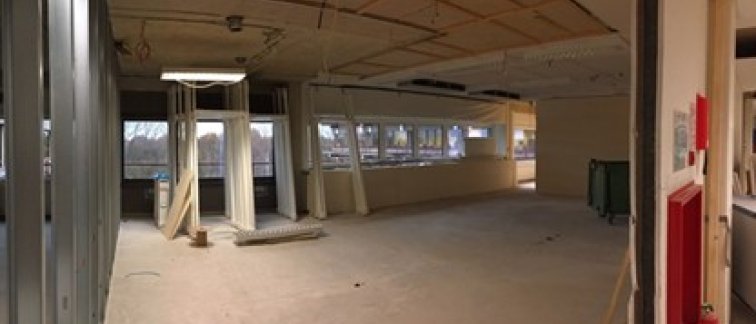Already in 2018, as one of the first, Annemieke moved her research from VUmc to AMC, whereas Jacques made the switch the other way, in January this year.
The movement of research basically consist of two main components.
Firstly, the move of ongoing research. It is important that the research continues at the other location without too much administrative and logistical hassle and without violating laws or regulations.
Secondly, you have the initiation of new research. There are many differences between the AMC and VUmc as it comes to research; other financial structure, other application procedures for METC, other monitoring, other data management and other legal support. These differences make it hard to organize the start of new research projects. However, these differences will remain until AMC and VUmc also merge fiscally and legally.
What rules apply on the new location?
For ongoing research
Researchers often have official and unofficial agreements with colleagues of other departments. Therefore, already before the move, new agreements will have to be made, with the colleagues located at the other side of the Amstel.
The fact that researchers that move keep their contract at the original location, doesn’t make it easier. A consequence of this is, that research groups now can consist of people under contract of the AMR, AMC and VUmc, which all have their own rules as it comes to, for example, Human Resources and Finance.
For newly initiated research
To make it easier for moving PI’s, new research they initiate will be embedded at the center where they are primarily employed and will be conducted as multi-center research at both locations. This will be the case as long as there is no common legal, financial and scientific research structure for the Amsterdam UMC.
As Jacques really missed a good structure with regards to the movement of his research, he contacted Mat Daemen (CEO AMR research and Chair Research Counsel Amsterdam UMC) in the Summer of 2019, informing him about the problems he ran into and discussing potential solutions. This contact resulted in that, the main issues were being addressed within 3 months. For the future, it is important that based on the evaluation of wave 1 and 2, the Amsterdam UMC continues to improve the relocation. Especially, integration of the two legal departments should be high on the priority list.
Very positively, Annemieke and Jacques both experienced, that there was a lot of flexibility among the moving researchers. This is worth a huge compliment as change is always accompanied by fear and reluctance. That is humans nature. However, they both saw that this fear and reluctance quickly disappeared once moved.
Finally, Annemieke en Jacques share their tips for all colleagues who are still need to move their research to the other side:
- Start on time and do not underestimate the work that is involved.
- Prepare yourself and your people well and arrange all essential issues before the move takes place.
- Keep in mind that almost all problems and setbacks are caused by the procedures and not by the people.


